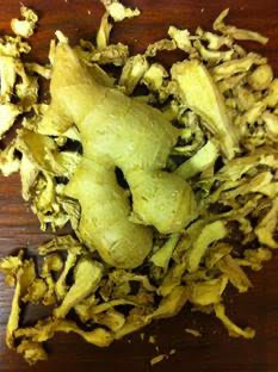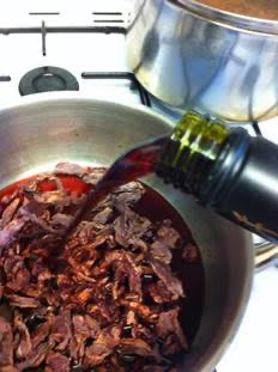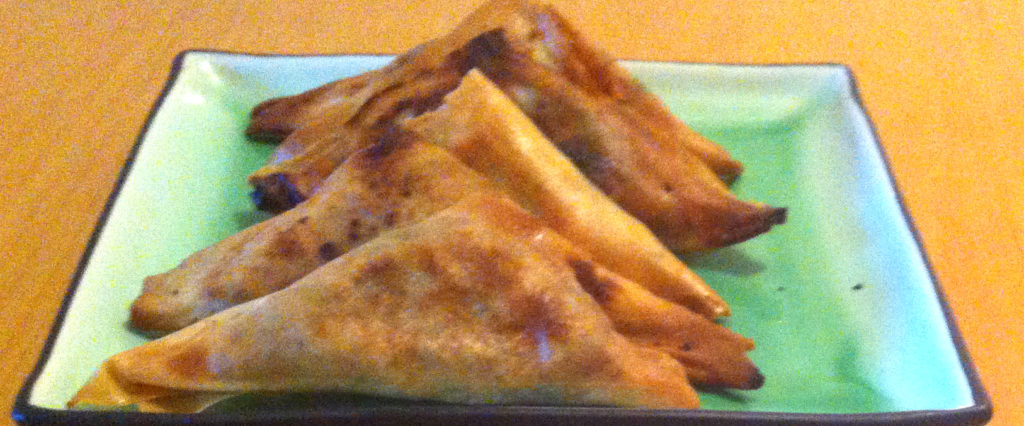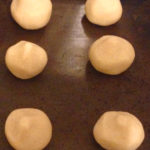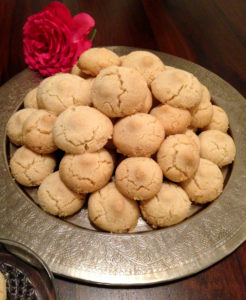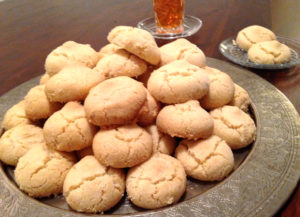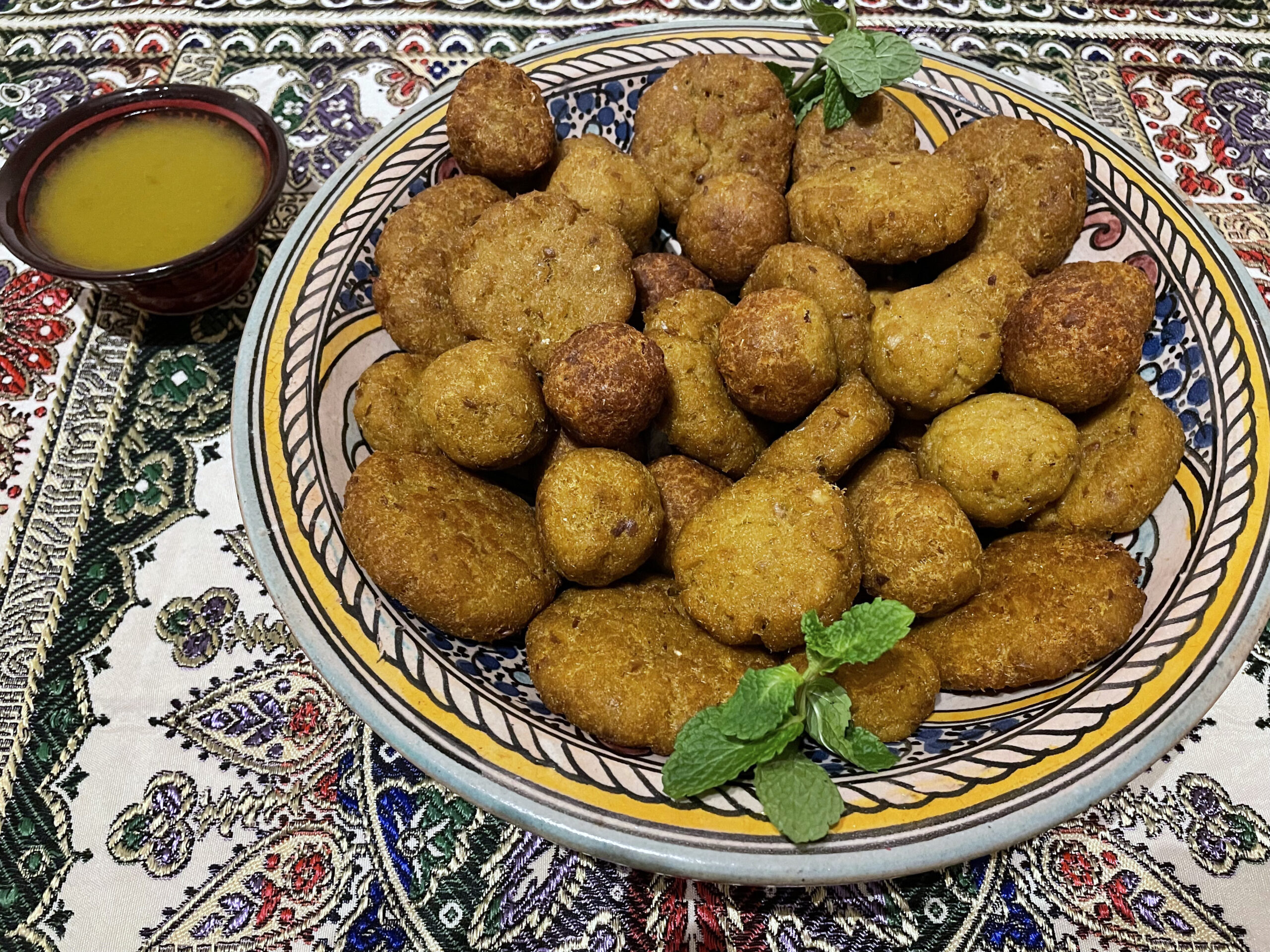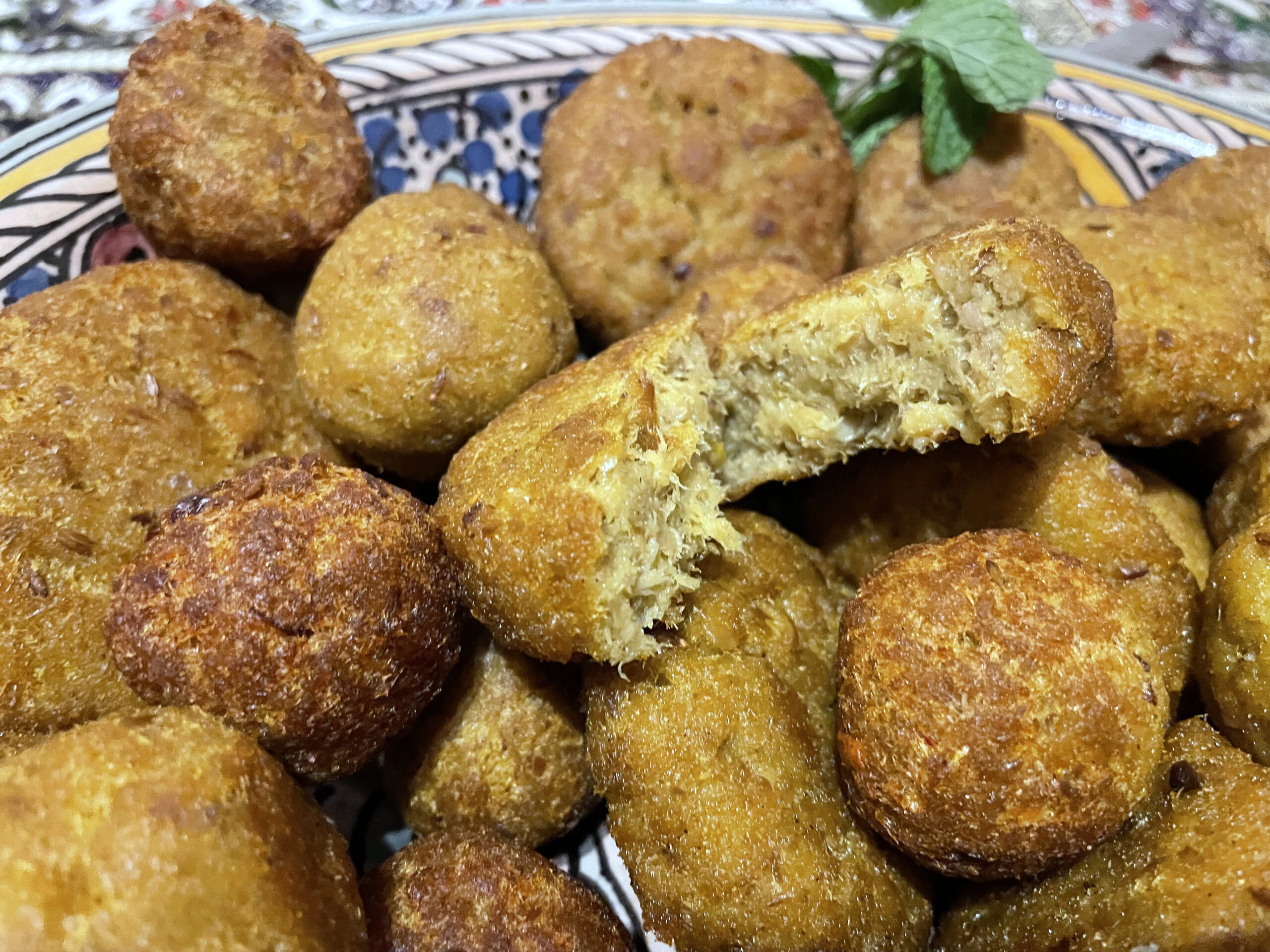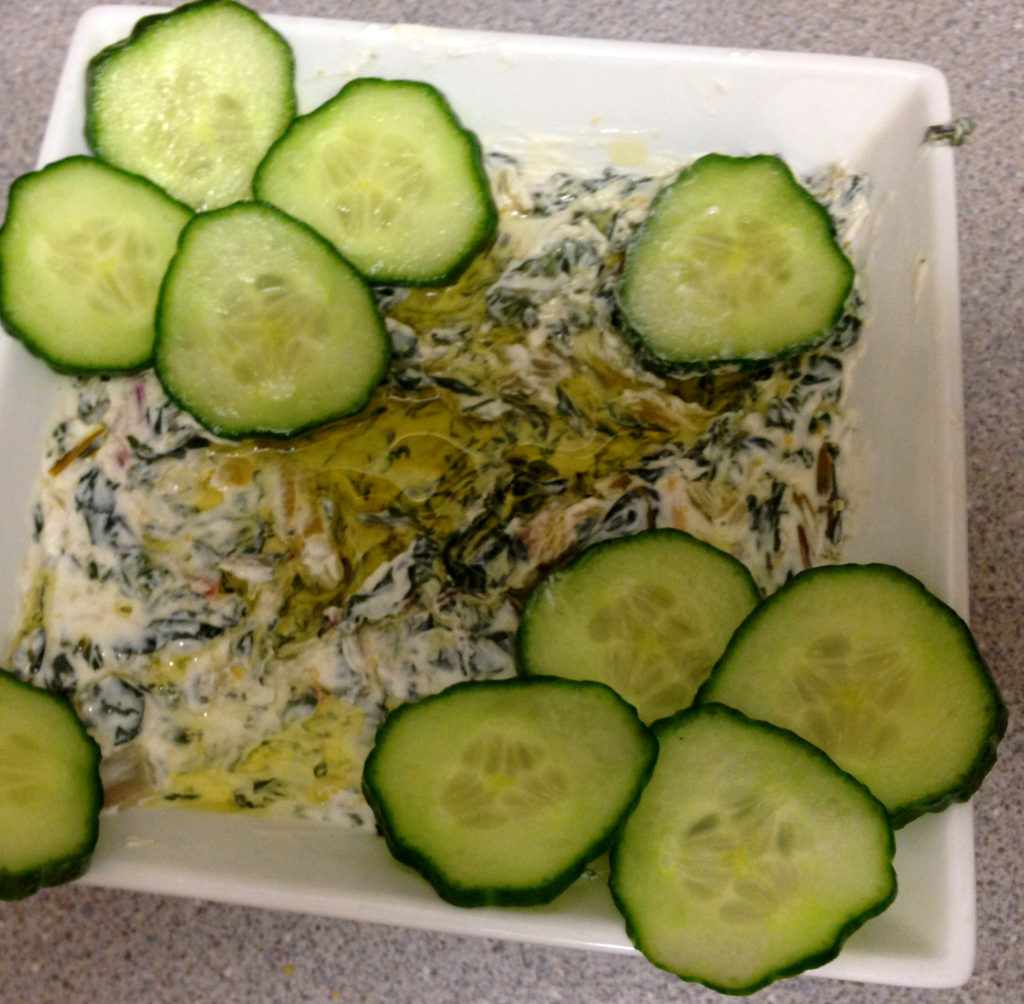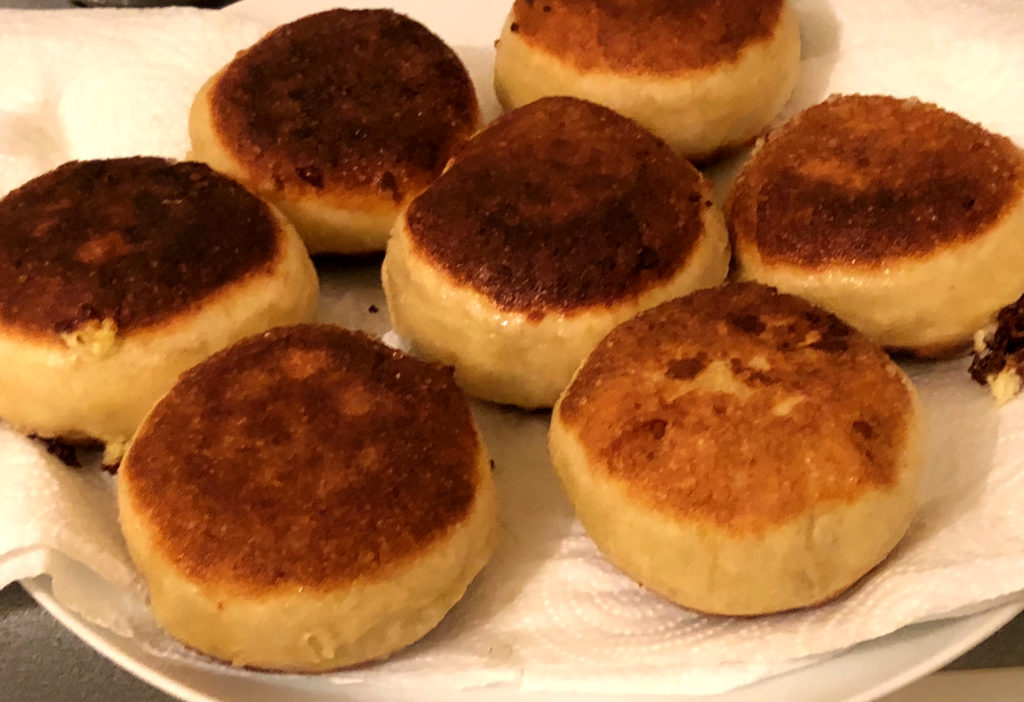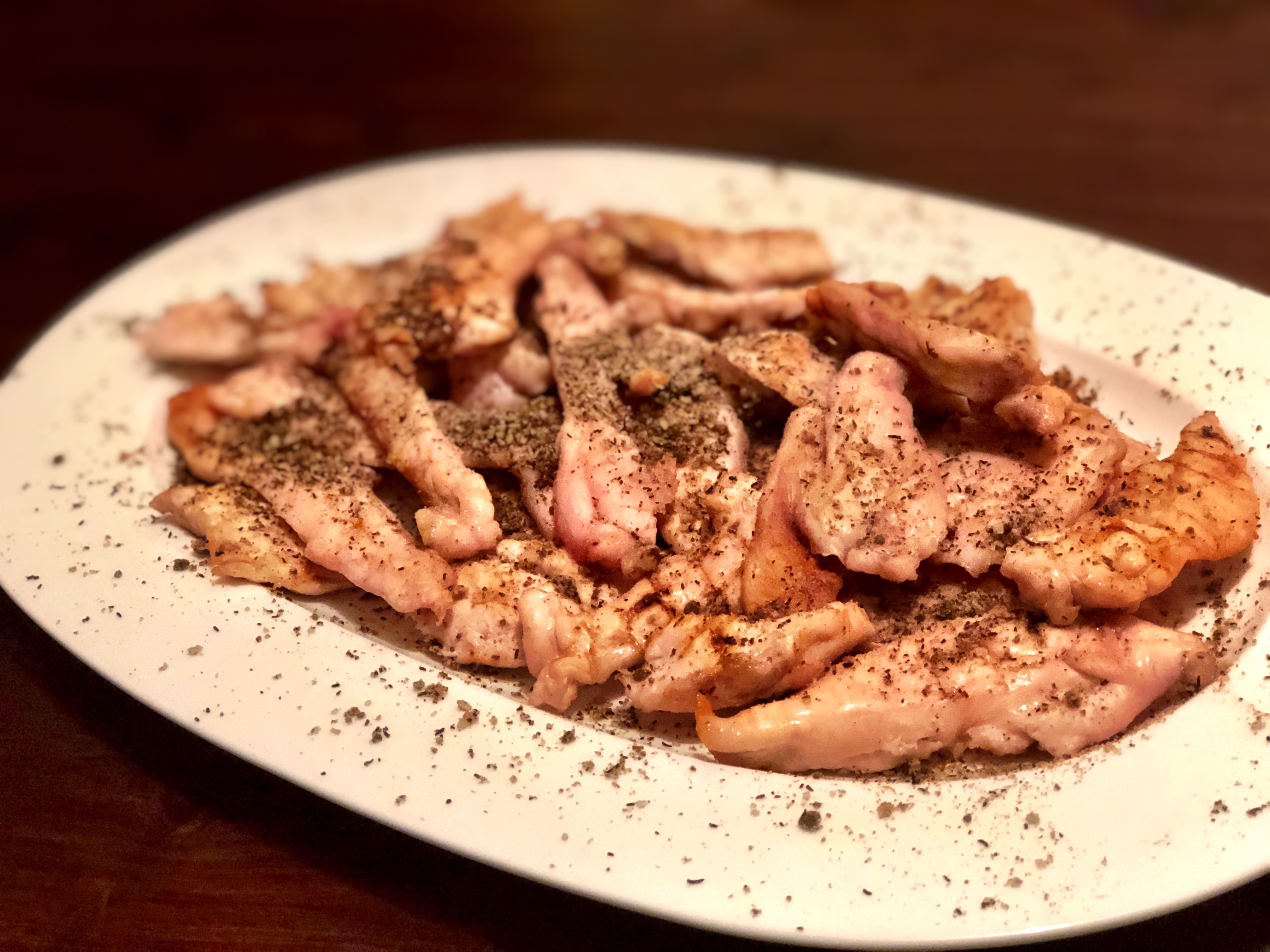
This is a dish not from one of the cookery books, but from a medical treatise on aphrodisiacs, written by the great astronomer al-Ṭūsī in the 13th century.
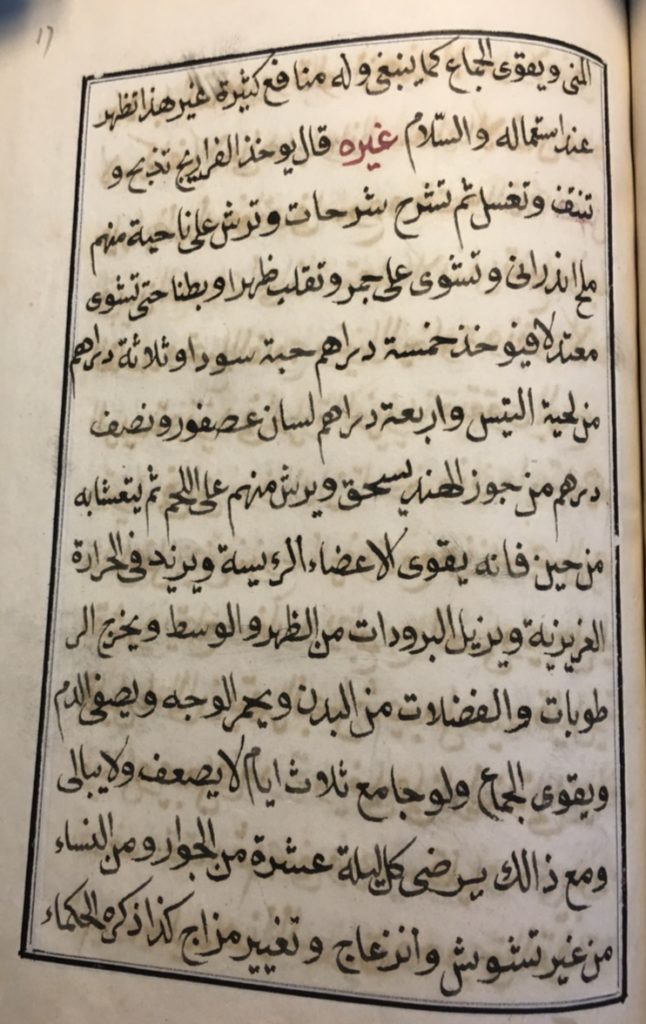
“Take some pullets; slaughter them; dry, wash and cut them up into slices. Sprinkle rock salt on the sides and grill on live coal, turning them over on each side until they are cooked. Then take five dirhams* of black cumin, three dirhams of goat’s beard, four dirhams of common ash and half a dirham of coconut. Pound all of these and sprinkle on the meat. This dish is eaten for supper. It strengthens the principal organs, increases innate heat, removes coldness from the back and loins, expels moistness and superfluities from the body, reddens the face, and purifies the blood. It also strengthens coitus to the extent that even when one has intercourse for three days running, one need not worry about growing weak. One is able to pleasure ten slave girls and freewomen every night, without any trouble or discomfort, as stated by the ancient philosophers and physicians.” (The Sultan’s Sex Potions, p. 103)
1 dirham = 3.125 g.
The Recipe
INgredients
- 1 plump chicken
- 1-2 teaspoons of rock salt
- 2.5 teaspoons of black cumin
- 1.5 teaspoons of desiccated goat’s beard (salsify)
- 1/2 teaspoon of common ash
- 3 teaspoons of desiccated coconut
method
- Cut the chicken into thin slices
- Mix the salt, cumin, salsify, common ash and coconut, and grind thoroughly with mortar and pestle
- Sprinkle the chicken with rock salt and grill on charcoal for 45 mins on each side
- Sprinkle the spice mixture on the cooked meat, and serve.
SERVING SUGGESTION
Eat with some rice and/or (Middle Eastern) flatbread (failing that, a foccacia would also be a great complement!).


